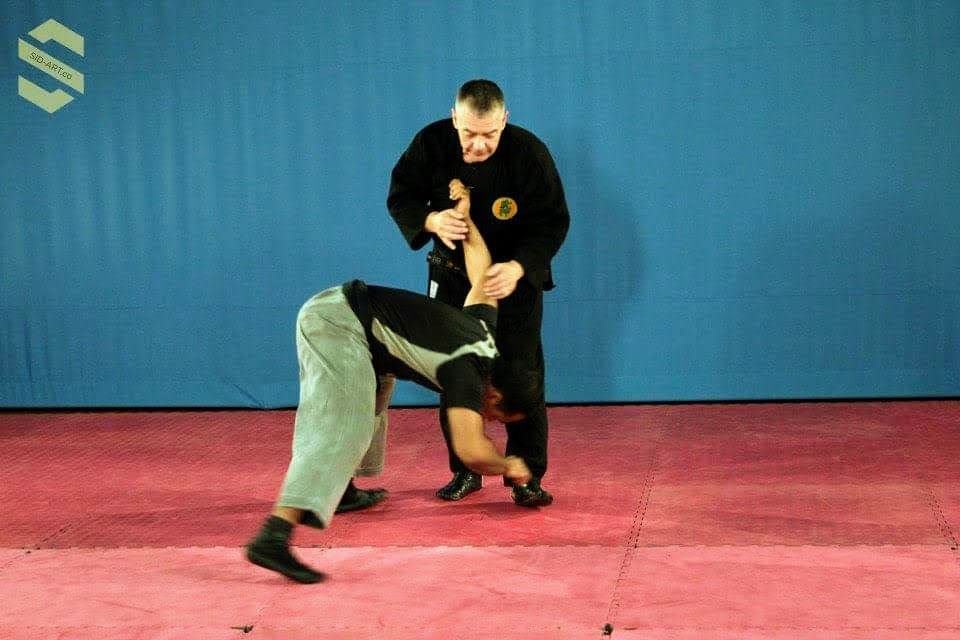From Shiro Kuma by kumablog

This morning, I read a post by my friend Alexander Ivanov, a Wudang instructor from Sofia, Bulgaria. The following sentence made me think and enticed me to write about change.
“To blindly go where everyone walks is the same as ignoring a new experience for the familiar.”
In other words, following the same behaviour as others does not get you anywhere. Einstein said, “Insanity is doing the same thing repeatedly and expecting different results.” This is what it is about here.
Most adults follow the behavioural norms of Society. Often, it is because they see change as painful, stressful, and full of risks.
Change is a chance given to us through experimentation. Trying something new always gives a chance to evolve. Evolution is the result of experience. Change often benefits you and others; returning to your old ways is easy if it sometimes leads to a mistake. Change is what life is about. There is no risk in changing your conduct, only benefits.
Nature is everywhere in Japan. And the Japanese have studied the changes in nature for centuries. There are many ways to express change. Kawaru is one of them (2). It means either “change” or “to be transformed”. In Budō, this ability to change is “henka”, for which the standard translation is “variation.” In reality, henka is much more. (3)
Limiting “henka” to “variation” doesn’t cover the deep essence hidden within the concept of change. Sensei explained to me once that you add two kanji to write Henka: “hen” and “ka”. Both mean “change”. And “Hen” represents the beginning of change, whereas “Ka” is the end. (4)(5). Kawaru shows the end of change (ka). That means the transformation has been processed. You have been “changed”; it’s done. You are already behaving differently. The same day, Sensei also said that “henka” is the definition of in-yo, the Japanese version of yin-yang. (6)
And this is the key to understanding what change is. Javary explains that the first Chinese pictogram for “yin” is rain (雨) above sun (太陽). And “yang” is sun above rain. (7)
Yin-yang is a symbol of change, nothing more. The original mix of sun and rain was to show the process of change occurring in nature. Looking at a mountain, the Chinese noticed that one side was dryer and brighter than the other. The mountain is yin-yang in essence. “Yin-yang is one,” said Mr Kasi, Dzogchen master of the Dalai Lama. “you cannot say yin AND yang, it has to be yin-yang. If you separate the terms it creates duality.” The mountain is yin-yang and one at the same time.
Change is a chance; it shows a progression and a potential evolution. Change exemplifies the unity of Nature. When you refuse to change, you refuse to evolve. You decide to stay where you are and behave like the other ones. You create duality and refuse unicity.
Hatsumi Sensei used to say in class that we have to create change in our lives. Change will do that for you. Change your attitude toward change today and begin to grow your chance tomorrow!
Be yourself; don’t always follow the others; accept change in your life and be happy
___________________________
1 This sentence comes from the Wudang Daoist Traditional Kungfu Academy facebook page. Alex apart from being a Wudang sifu, is also a 6th dan Karate instructor from Japan. We met in Dubai about ten years ago when he was living in Abu Dhabi. It was always a pleasure to share our common vision of martial arts. The forms might be different, the spirit stays the same. Like many Bujinkan teachers, he travels to Japan and China once a year to improve his knowledge of Budō and Wushu. I invited him once to train at Honbu. Follow him on facebook at: https://www.facebook.com/alexander.ivanov.8169
2 変わる kawaru: to change; to be transformed; to be altered; to vary
3 変 hen: change (the beginning of)
4 変 ka ou 化 ka (the end of)
5 変化 henka: variation = in-yo or yin-yang: the dynamic of change
6 陰陽 inyō i.e. Yin-yang (in modern kanji). If yin is different today, you can still see the sun above the rain in the kanji for yang today. The right half of the kanji, after the beta⻏, shows the sun 日 above the rain 雨 = 陽.
7 Cyrille Javary: https://www.amazon.fr/Discours-tortue-D%C3%A9couvrir-chinoise-Yi-Jing/dp/2226131582 (only in French)…
Read More



















